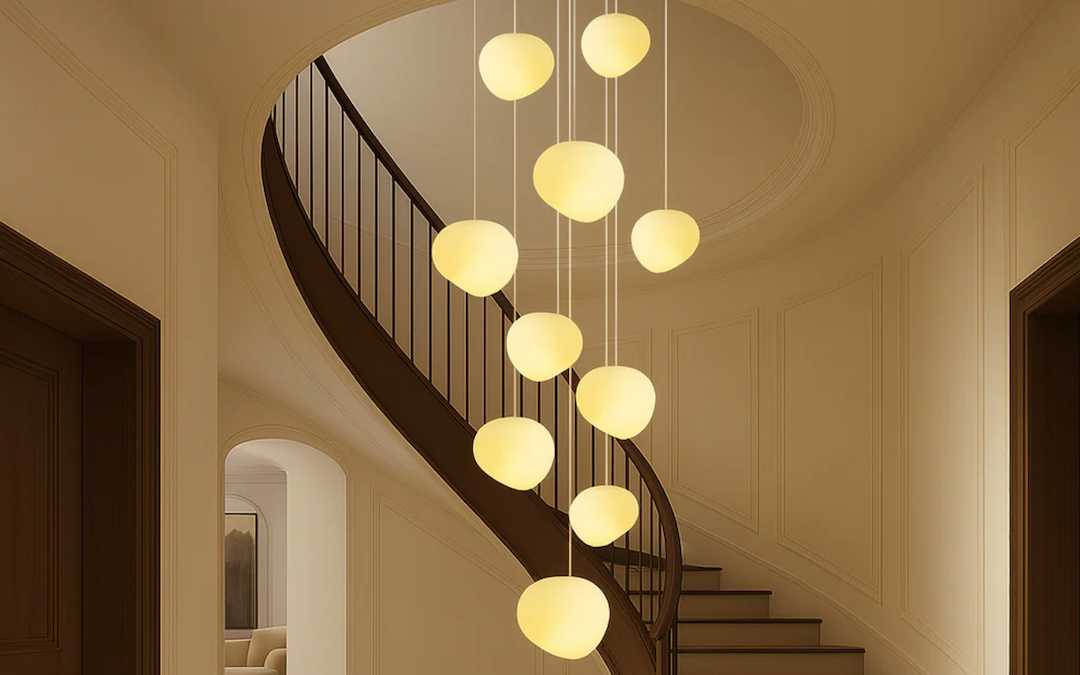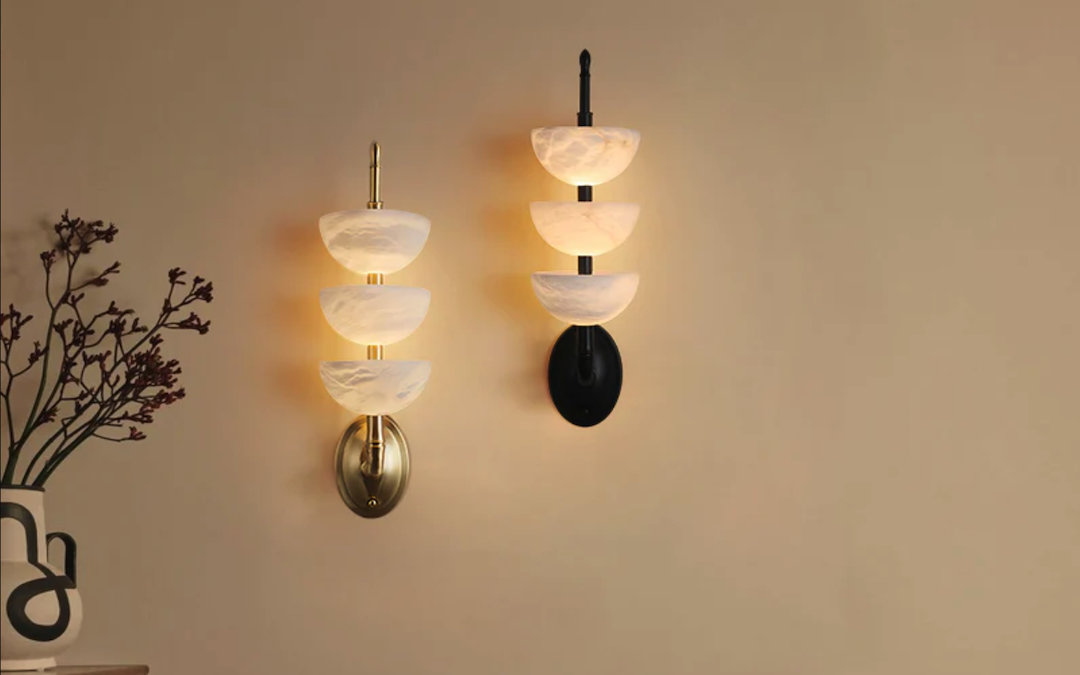Shining a Light on the Problem: Understanding the Causes and Solutions for Blown Lights
Introduction
Have you ever experienced the frustration of a blown light bulb? It can be a hassle to replace and an unexpected expense for homeowners. But what exactly causes lights to blow out, and how can we prevent it? In this article, we will explore the common causes and solutions for blown lights.
Causes of Blown Lights
1. Overvoltage
Overvoltage, or an excessive flow of electricity, is a common cause of blown lights. When the voltage is too high, it causes the filaments in the bulb to burn out faster. This is why it is important to ensure that the voltage supplied to the light fixture is within the recommended range.
2. Poor Quality Bulbs
Another cause of blown lights is the use of poor quality bulbs. Cheap or inferior bulbs may have inferior filaments, which are more likely to break or burn out. This is why it is important to buy quality bulbs from reputable brands to ensure their longevity.
3. Thermal Stress
Thermal stress is caused by sudden temperature changes, which can occur when a light is turned on or off. This can cause the filament to expand and contract rapidly, leading to breakage. This is particularly common in outdoor lights that face extreme weather conditions.
4. Loose Connections
Loose connections can cause a bulb to flicker or blow out altogether. This is because the connection between the bulb and its fixture may be disrupted, causing a temporary interruption in the flow of electricity. It is important to regularly check and tighten connections to ensure they do not become loose over time.
Solutions for Blown Lights
1. Install a Voltage Stabilizer
To prevent overvoltage, homeowners can install a voltage stabilizer, which regulates and maintains the voltage within the recommended range. This can help prolong the lifespan of bulbs and prevent them from blowing out prematurely.
2. Choose Quality Bulbs
Choosing quality bulbs from reputable brands can also help prevent blown lights. High-quality bulbs are made with superior filaments that are less likely to break or burn out, leading to a longer lifespan.
3. Avoid Rapid Temperature Changes
To avoid thermal stress, it is important to avoid rapid temperature changes. This can be achieved by gradually increasing or decreasing the intensity of the light rather than abruptly turning it on or off. Additionally, outdoor lights should be properly insulated to prevent sudden temperature changes due to extreme weather conditions.
4. Tighten Loose Connections
Finally, homeowners should regularly check and tighten connections to ensure they do not become loose over time. This can help prevent flickering lights and blown bulbs.
Conclusion
In conclusion, blown lights are a common occurrence that can be easily prevented with the right knowledge and precautions. By understanding the common causes of blown lights and implementing our recommended solutions, homeowners can save themselves from the frustration and expense of replacing bulbs on a regular basis.



